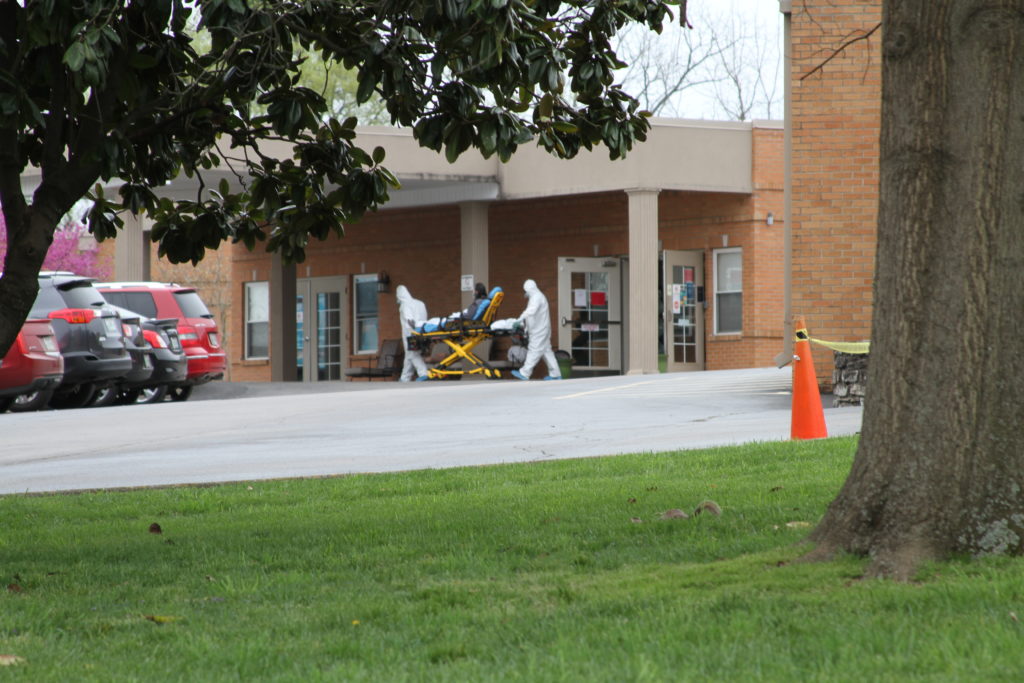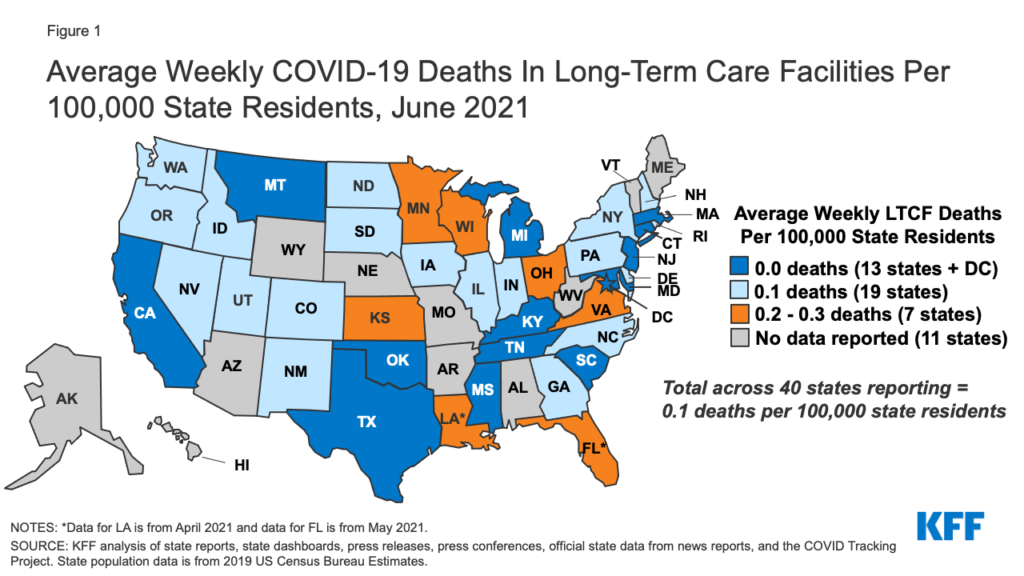
The people getting sick with COVID in Tennessee nursing homes has flipped: Instead of residents falling ill, now it’s mostly the staff.
Of the 120 long-term care facilities reporting cases among staff or residents, 93 have more staffers than residents testing positive. The totals, updated each Friday, put staff cases at 213 compared to 135 among residents over the past four weeks.
In one way, the reversal is a positive sign. Vaccinations are protecting those who were most likely to die from complications.
“Given the coinciding fact that deaths have dropped significantly in long-term care facilities since the vaccine effort has started, we know that vaccines are effective,” says health policy researcher Priya Chidambaram of the Kaiser Family Foundation.
Her analysis released last week found that the death rate in Tennessee nursing homes and assisted-living facilities dropped to zero from December through the end of June. Only 13 other states and the District of Columbia had no deaths in June.
The sharp decline occurred even with a slightly lower vaccination rate in Tennessee facilities. Nationally, roughly 90% of long-term care residents are vaccinated. In Tennessee, it’s more like 80%, according to the Tennessee Department of Health.
More: Before A Tidal Wave Of Sickness And Death, A Gallatin Nursing Home Thought It Had COVID Contained
But for staffers of Tennessee facilities, only half have had their shots — and sometimes a lot less in individual facilities, especially in rural areas, says Dr. Lisa Piercey, the state’s health commissioner.
“Vaccination rates in nursing homes and long-term care staff really mirror that of the community,” she says. “I wish that were different.”
And unlike hospitals, nursing homes are still holding off on requiring vaccination for employees.
Nationally, and in Tennessee, vaccinated elderly patients make up most of the breakthrough COVID cases. With the latest surge, Piercey says the state health department has been offering to send strike teams with COVID shots into nursing homes to give workers another chance to protect themselves and the people they care for.
“We’ve still got vulnerable patients,” she says, “but a lot more vulnerable staff.”
 Courtesy Kaiser Family Foundation
Courtesy Kaiser Family Foundation Tennessee was one of five states where average weekly deaths in long-term care facilities dropped by 100% from December to June. Thirteen states and the District of Columbia are now reporting no deaths in long-term care facilities.

